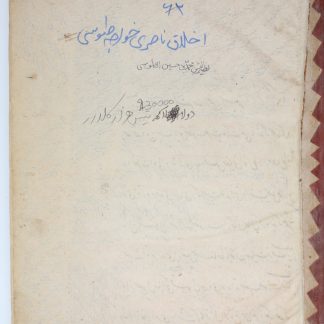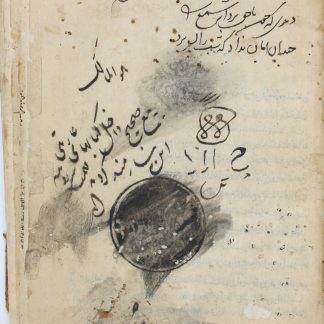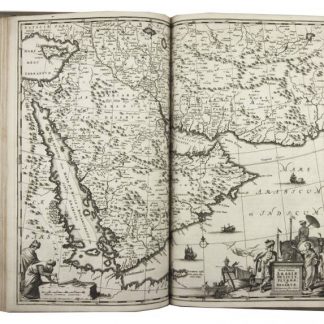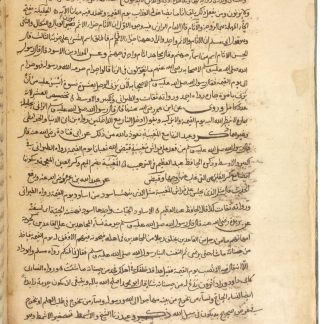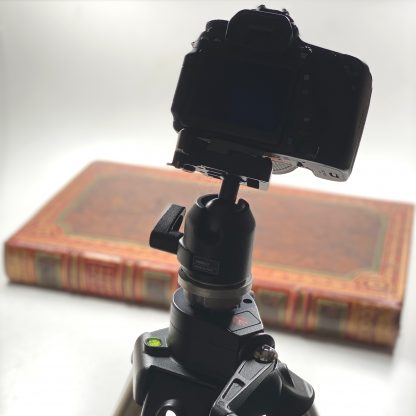
Muslim wonder-tales and cosmology
'Aja'ib al-Makhluqat wa Ghara'ib al-Mawjudat [The Wonders of Creation and the Oddities of Existence].
Folio (260 x 380 mm). 317 ff (partial; foliated up to 575, indicating several gaps in the text). Persian manuscript on paper. With numerous in-text miniatues of birds, animals, humans, monsters, and the constellations, both as asterisms and as their physical allegories. 19th century purple calf.
€ 28.000,00
The great work of the cosmographer al-Qazwini: a manuscript comprising several sections of his 'Aja'ib al-Makhluqat, wonderfully illustrated with numerous miniatures. These colourful paintings show the constellations (stars picked out in gold), types of birds, rabbit-headed fish, unicorn fish, nude humans with monkey's tails, and more. The "Wonders of Creation" is, as a text, a cavalcade of the religious, the scientific, and the wondrous from which al-Qazwini's cosmos was formed. Beginning with Creation, the work covers an incredible range of philosophy, astronomy, anthropology, Muslim theology, and wonder tales; it was originally written in Arabic, but appears here in its Persian translation and manuscript tradition.
While wide-ranging, the work is not solely a collection of wonder tales: al-Qazwini discusses the structure of the universe, the movement of the solar system - with diagrams - and that of the Earth. His interest in the states of matter, geography, and cosmography, are well-known; his sources ranged from Classical philosophers like Aristotle to Muslim explorers like Ibn Fadlan (who famously wrote the only textual witness to a Viking funeral). Al-Qazwini was one of the most fascinating encyclopedists of his time, not just in the Arab world, but overall. He even wrote a work regarded as proto-science fiction, in which an alien man travels to Earth. His "Wonders of Creation" is fascinating, and the resulting manuscript traditions in Arabic and Persian are beautiful and eclectic. In style and ornamentation, this Persian manuscript resembles the 16th century manuscript held in the National Library and Archives of the Islamic Republic of Iran; the close resemblance between illustrations shows the care taken in preserving the visual manuscript tradition.
From the private collection of R. G. Michel (1880-1963) and descendants.
Disbound, with gaps in foliation (317 folios present, though folios are numbered up to 575); as such, the work is now a series of excerpts rather than the full text. However, the present leaves are in quite good condition, with brightly painting miniatures, minor paper repairs and chips in margins.
Cf. GAL S I, 882. T. Lewick, 'Kazwini', in The Encyclopaedia of Islam (2nd ed.) IV, 865-867.

